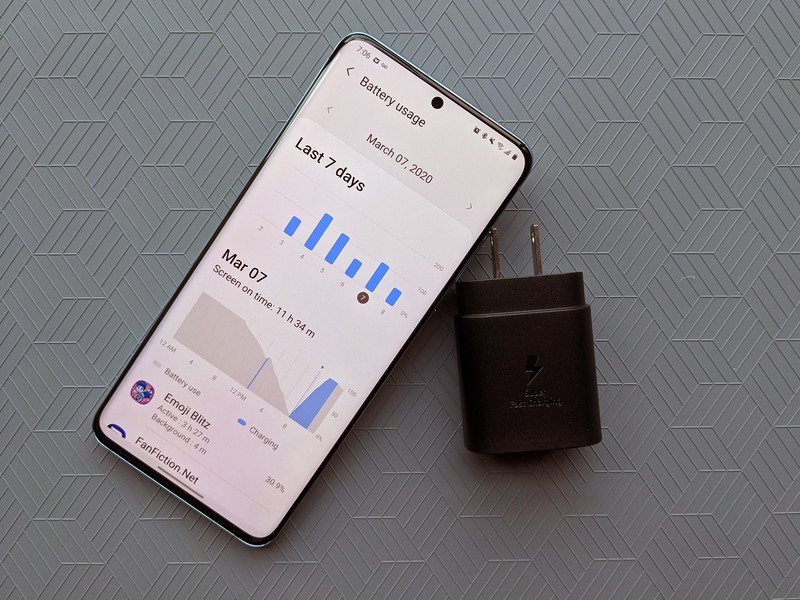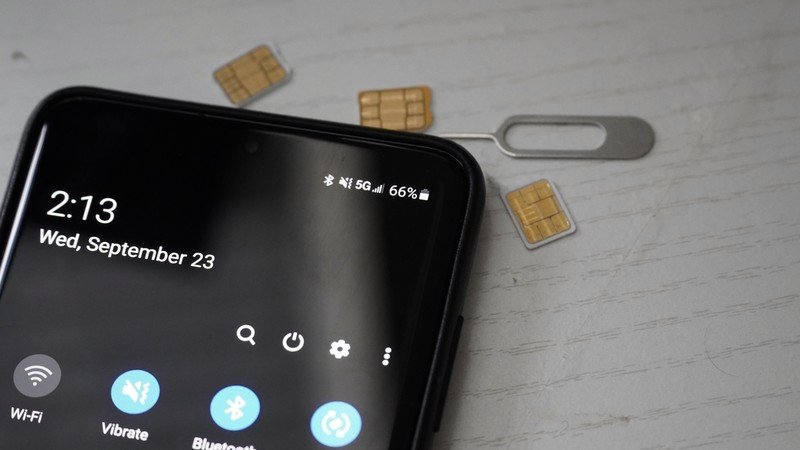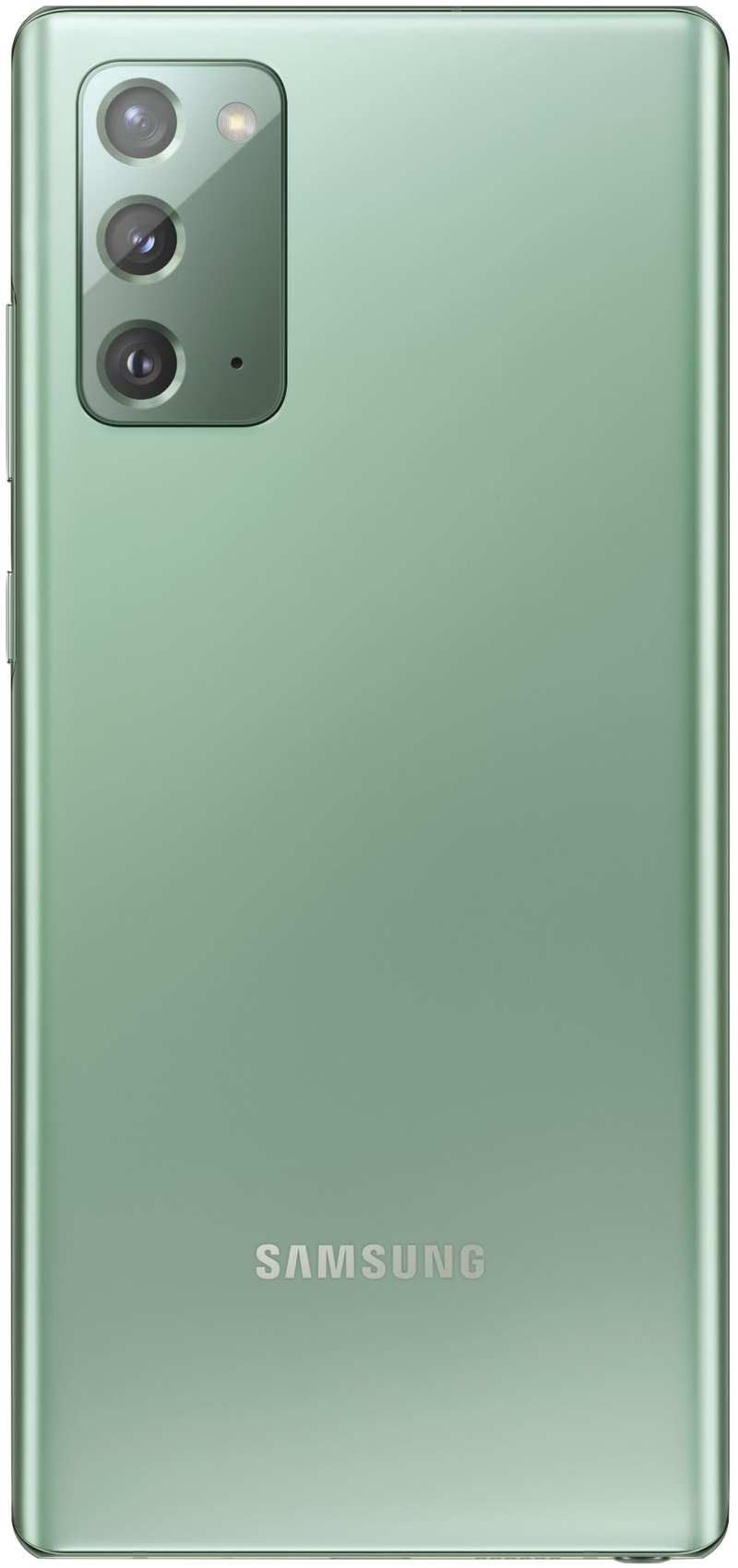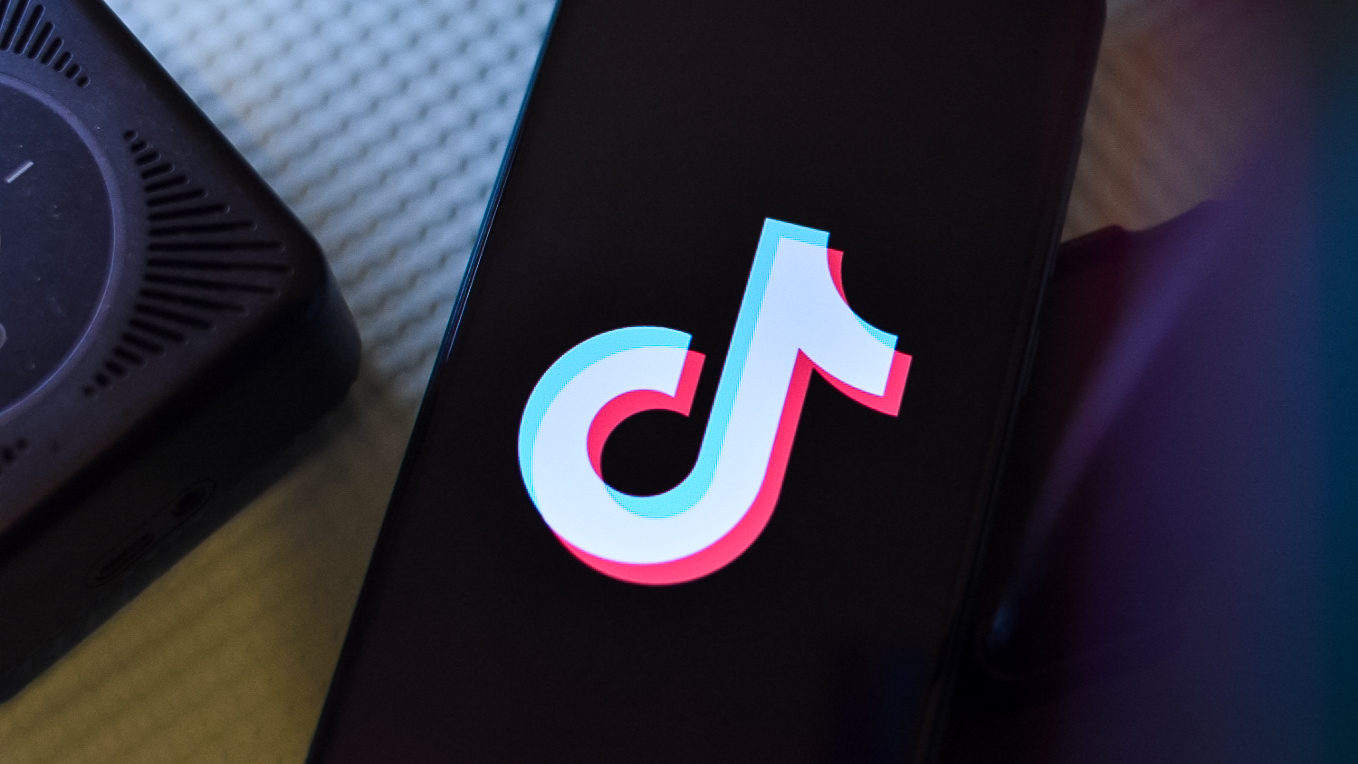Why Apple was right to choose 5G over 120Hz in the iPhone 12

Prodigious Apple leaker Jon Prosser has taken to Twitter to tell us more about the imminent launch of the iPhone 12 line, and this time we hear that Apple is planning to sell their next $1,000-plus flagship phone with a standard 60Hz screen refresh rate. Why? Because when paired with a 5G cell modem, the battery can't handle a high refresh rate too.
I'm told that 120hz not being implemented in iPhone 12 Pro is 100% about battery life.
Hardware was more than capable — but it just eats through battery, and 5G drains enough battery by itself.
It was basically a choice between 120hz or 5G, and they picked 5G. Rightfully so.I'm told that 120hz not being implemented in iPhone 12 Pro is 100% about battery life.
Hardware was more than capable — but it just eats through battery, and 5G drains enough battery by itself.
It was basically a choice between 120hz or 5G, and they picked 5G. Rightfully so.— Jon Prosser (@jon_prosser) October 11, 2020October 11, 2020
Nine times out of 10, and particularly when it comes to Apple, Prosser's information is either 100% right or close enough for horseshoes. This time was no exception as we see the iPhone 12 launch with 5G but the same old 60Hz refresh rate. The phone looks like a great mix of old tech with new names and some smart features I'd like to see on a phone that I'd actually use like magnetic charging (that both Sony and Samsung briefly offered, only less "refined").
Apple didn't even mention 120Hz nor talk about its effect on battery life and nobody really expected it to. Apple events are designed to focus on what's new and why you'll love the product just like every other event from any company. But I'm not convinced the reason for not including a better display was all about battery life.
More than battery life

First, let me say I think there is a reason that Apple has to go with a standard-refresh panel for the iPhone, and it has nothing to do with the battery. We see several Android phone makers that include a variable refresh rate system where the interface and any apps optimized for it can run at high screen refresh rates. At the same time, everything else defaults the screen refresh back to 60Hz to keep the battery drain minimal. Apple could certainly write this into iOS. But Apple can't pull a rabbit — or a display controller — out of a hat.
Apple uses Samsung panels but adds its own customizations.
Apple buys it's display panels from Samsung because Samsung makes the best small OLED panels that money can buy — almost every other phone from every other company has a Samsung display for this very reason. Even the older or budget versions of Samsung OLED displays are really good, so most companies don't try to reinvent the wheel, and just use Samsung's off-the-shelf controller to go along with the panel.
But Apple also does a lot of work on those Samsung OLED panels to make them just how it wants them. Apple tunes the color, enables its own dynamic color tuning based on content, and then assembles them into a working display for its devices. In order to do this, Apple needs to have its own display controller hardware built because it isn't a component manufacturer. I think Apple hasn't yet worked out a way to have 60 million display controllers built that can manage the current features of iOS as well as manage a higher-refresh rate. The company will get there and be able to do it at some point in the future. But it's a tall order, and unless Apple can be guaranteed that everything can be built on time, every time, it has to pass for now.
Samsung is a component manufacturer, so it can build 60 million or so specialized controllers with no problems. Other companies like OnePlus that sell high-refresh phones don't need to source 60 million of anything because of their sales numbers. Like all the best phones, an iPhone is a sum of all its parts.
Get the latest news from Android Central, your trusted companion in the world of Android
So why not both then?

A high-refresh-rate does use more battery, especially on dense pixel count displays. But there are ways to mitigate the extra power used. There is also the option to add a bigger battery. Or, you could do both. I really think this is more of a supply-chain issue, but I'm not an Apple insider so let's go with the "it uses too much battery" thing that Apple would probably say, if it ever does say anything on the issue. (Spoiler: it won't).
If the battery can't handle both a high refresh rate and 5G, Apple will choose 5G because it's more important to consumers.
The Internet likes to claim that iPhone users know nothing about tech and regurgitate everything Apple tells them. For the most part, that's true, but it's also true for people that buy an Android phone, a television, a laptop, or any other tech purchase. Most consumers just aren't tech-savvy past a certain point. For you, it might be a passion, and you know every spec and why each one matters, but not everyone is like you.
Do you know what every tech consumer does know, though? 5G. They might not know that there are several different and incompatible 5G standards, or how the fast one is the one that will take forever and a day to offer the same level of coverage that LTE can bring. Or even how there's a good chance much of this will change and a 5G phone from 2020 might not be compatible with a 5G network in 2022. But they know 5G is coming, it's better than 4G if you can get it, and carriers promise they can have it soon. That's one heck of a selling point.
I also think most people can see the difference between 60Hz and 120Hz and appreciate the difference. But you need actually to see it in your hands to have that appreciation. On paper or in a blog post, 120Hz display refresh just doesn't translate the same way "your internet will be faster with 5G" does. You can make a great phone with a 60Hz display or without 5G, but neither makes a phone worse.
Like most companies, Apple wants to offer features that people will enjoy, and if it can't have 5G along with a high refresh screen for any reason, it has to go with what will sell the most number of new iPhones.
What really matters

It's all good.
Apple will sell a mountain of its first 5G-ready iPhones, and almost every person who buys one is going to like it despite any shortcomings that there may be. You and I and plenty of other tech-savvy users can still have super high-end Android phones with both 90 or 120Hz displays and 5G, and we are going to continue to really like them — and their own shortcomings — just as much. And two years from now, both camps will have the other's features because every company copies every great idea as quickly as it can.
In the meantime, I'm just going to forget that the iPhone 12 only has a 60Hz panel or that most people who buy a 5G phone don't have 5G and everything else about it because I'll never use an iPhone 12 — there are better phones for me already out there, and maybe one or two more are coming soon.

Jerry is an amateur woodworker and struggling shade tree mechanic. There's nothing he can't take apart, but many things he can't reassemble. You'll find him writing and speaking his loud opinion on Android Central and occasionally on Threads.

